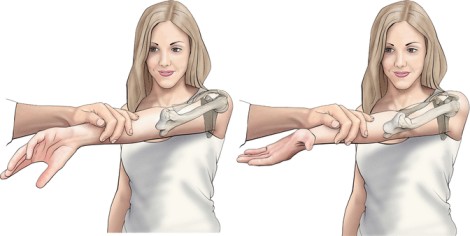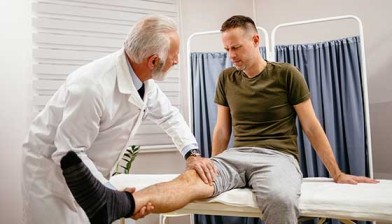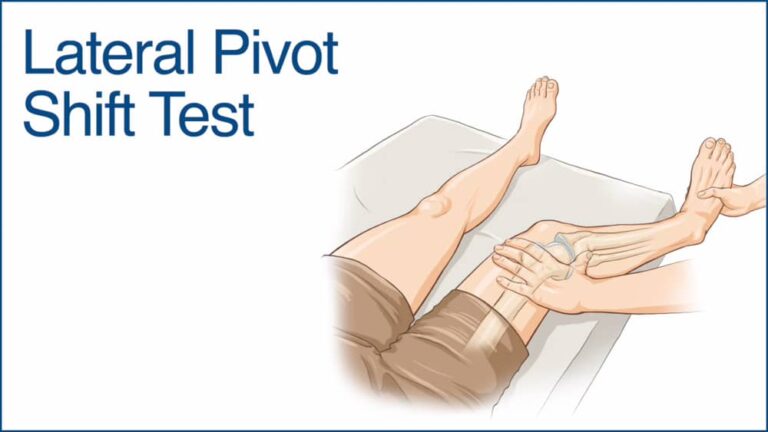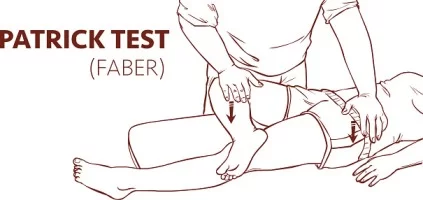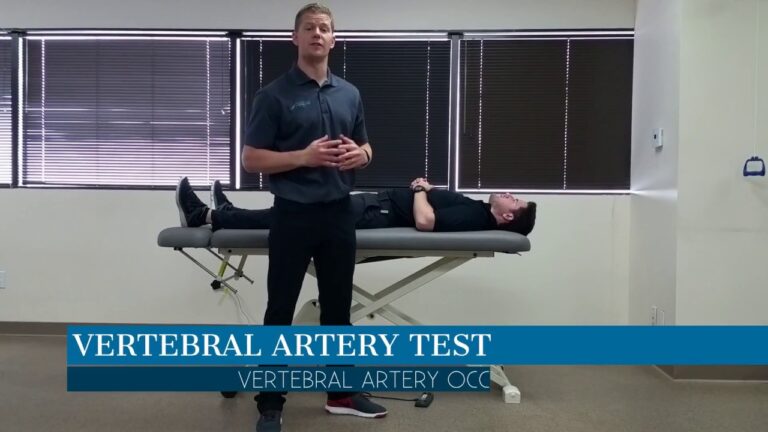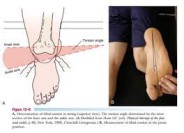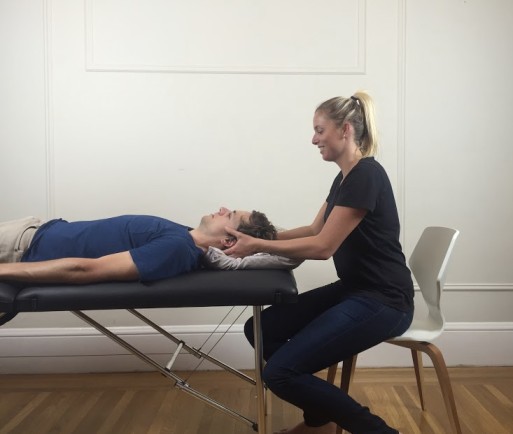O’Brien’s Test :
- It is also known as to active compression test.
- This test is checked to labral tears.
- Injuries of to labrum tear are relatively common in athletes where to labrum plays a key role in glenohumeral instability.
- Into young, the tensile strength of to labrum is less than to capsule so it is more prone to injury when to interior stress is applied onto the GH joint.
- This concept is suggested to injury in one direction of the joint results in injury to structures on the other side of the joint.
Purpose of to O’Brien’s Test :
- This test is designed to detect SLAP [ type – 2 ] or superior labral lesions which is cause shoulder pain.
- There is the purpose of this test.
How to perform of to O’Brien’s Test?
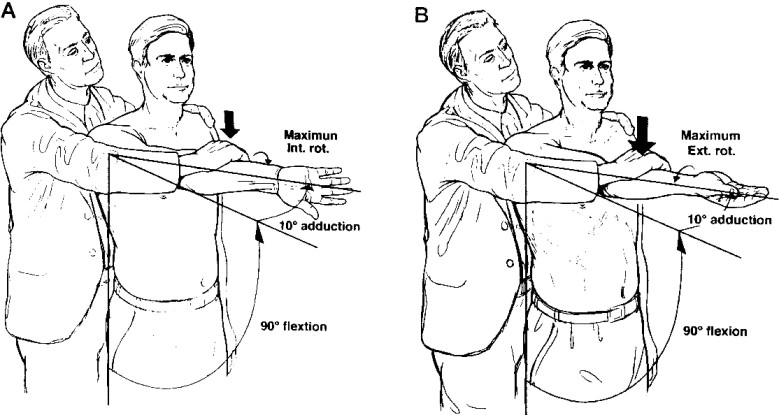
- The starting position of this test is the standing position.
- Into standing position, the arm forward flexed to 90′ & elbow fully extended.
- The arm is then horizontally adducted 10′ to 15′ into starting position & do medially rotated so that the thumb faces downward.
- The examiner stands behind the patient & applies a downward eccentric force to the arm.
- The arm is returned to the starting position & the palm is supinated so the shoulder is laterally rotated & the palm is supinated & shoulder is laterally rotated with to downward eccentric load is to repeat.
Result of to O’Brien’s Test :
- If the patient is felt pain on the joint line or painful clicking is produced inside the shoulder not over the acromioclavicular joint in the first part of the test & eliminated/decreased on to the second part, in this situation test is considered to positive for labral abnormalities.
- The test is also locked & load the acromioclavicular joint into medial rotation so that the examiner is take care to differentiate between labral & acromioclavicular pathology.
Evidence of O’Brien’s Test:
- The sensitivity & specificity of this Test is reported to vary widely & no one test is accurately diagnosed to SLAP Lesion.
- Studies are shown to this :
- Specificity of this test = 28-73%
- Sensitivity of this test = 63-94%.
Diagnostic Accuracy of this test for Acromioclavicular Lesions :
- Sensitivity of this test = 0.41 – 1.00
- Specificity of this test = 0.95 – 0.97
- Positive Likelihood Ratio means [LR +] of this test = 8.2 – 33.3
- Negative Likelihood Ratio means [ LR – ] of this test =0.00 – 0.62
Diagnostic Accuracy of this test for Labral Tears :
- Sensitivity of this test = 0.63 – 1.00
- Specificity of this test = 0.73 – 0.98
- Positive Likelihood Ratio means [LR +] of this test = 2.30 – 50.0
- Negative Likelihood Ratio means [ LR – ] of this test = 0.00 – 0.51

